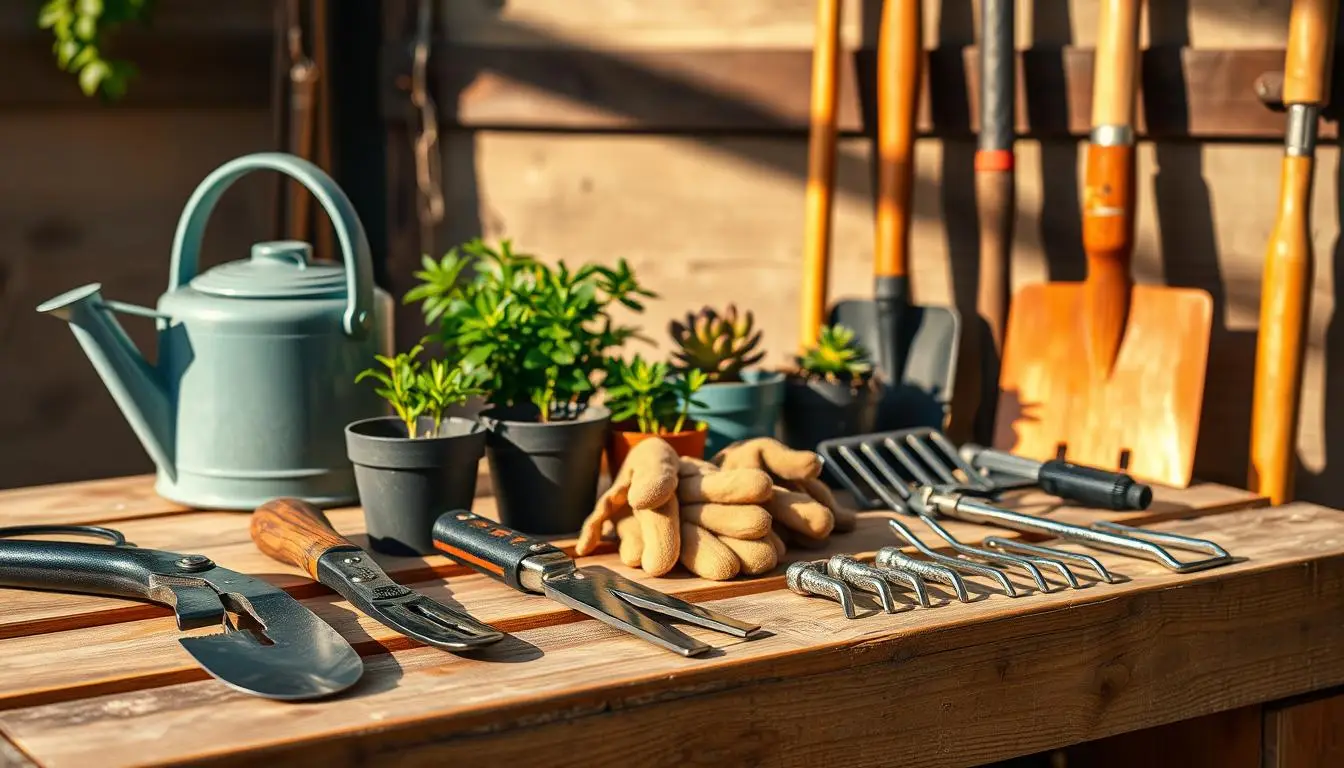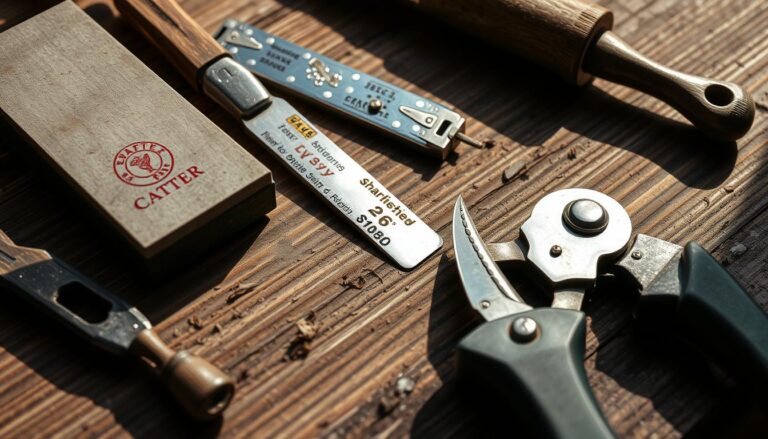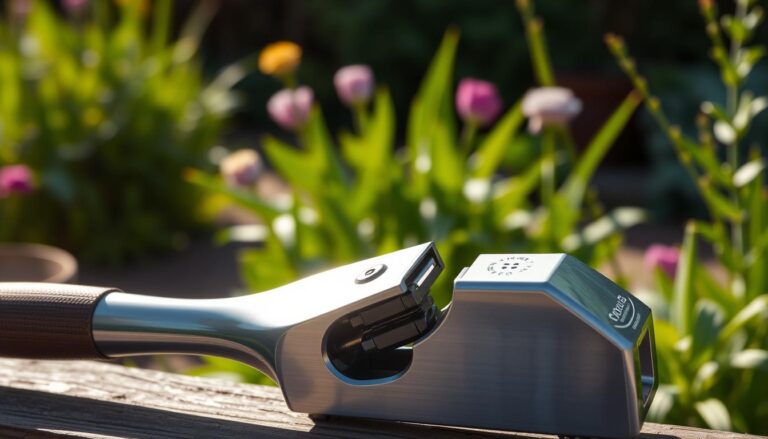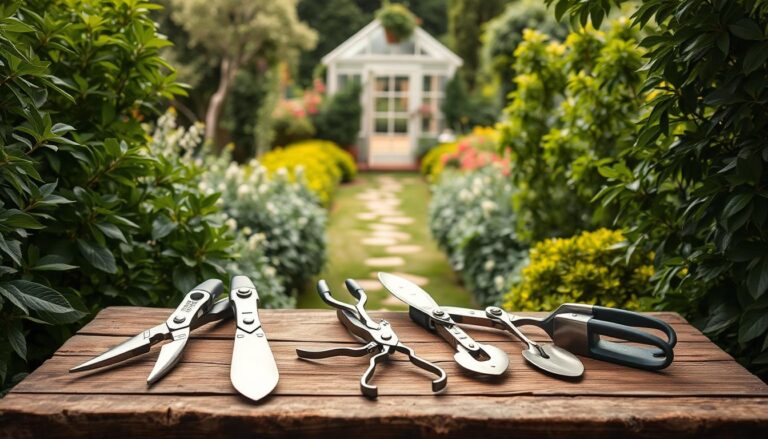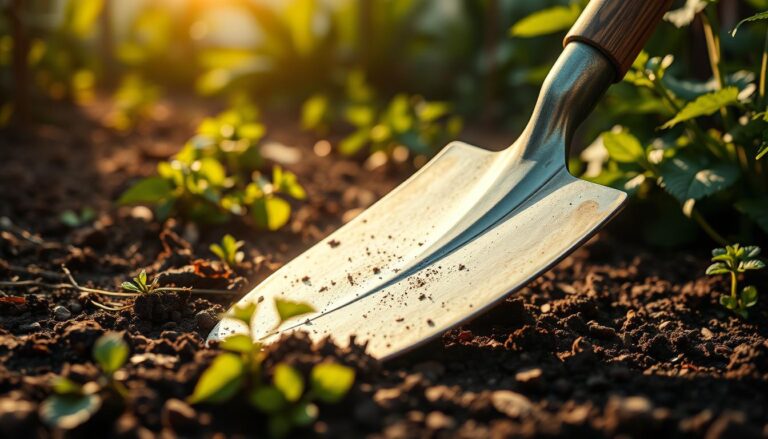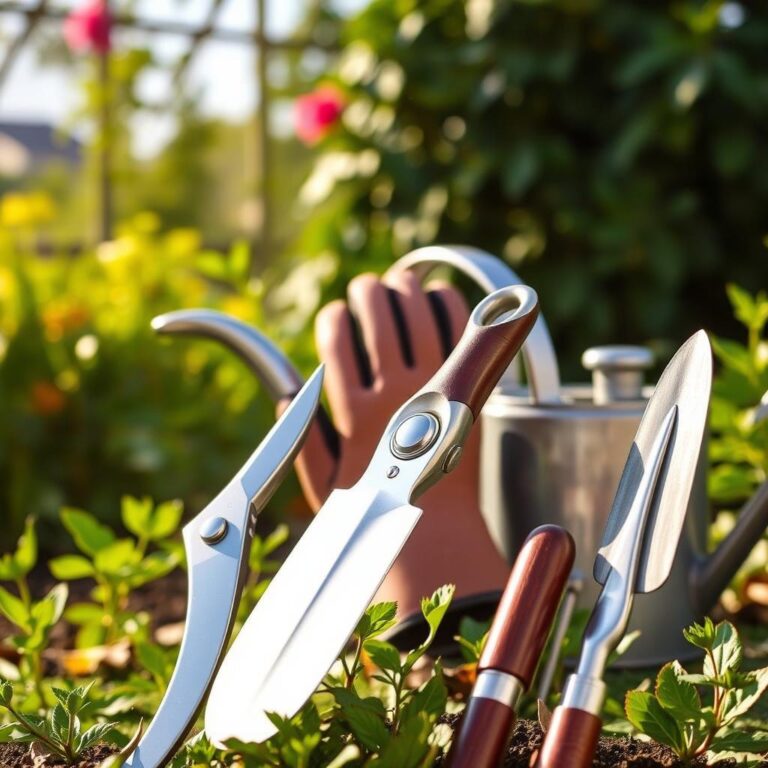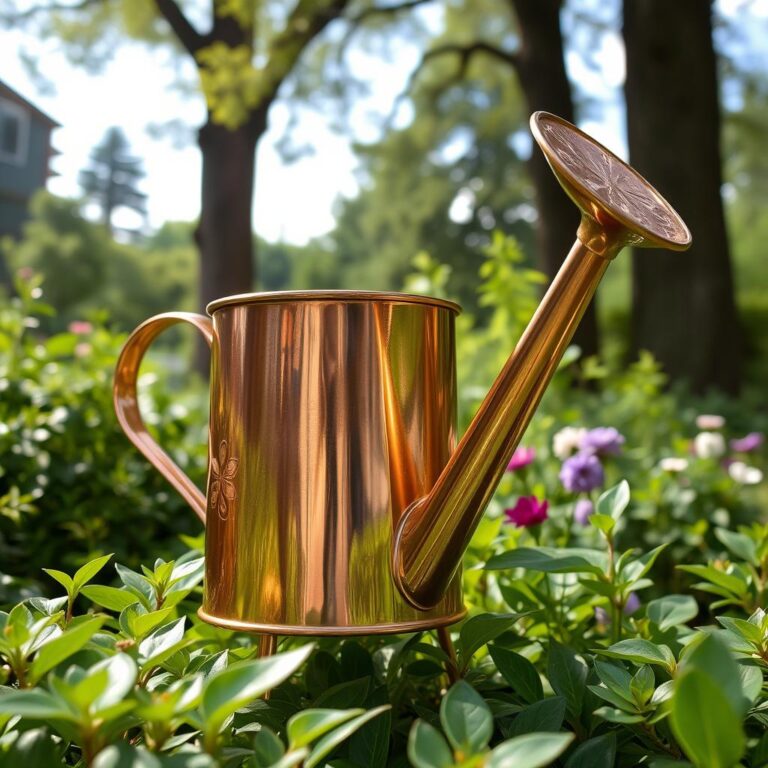Garden Instruments Names: The Ultimate Guide
“Garden Instruments Names” Have you ever stood in front of a pile of tools, unsure which one to use for a specific task? Whether you’re preparing soil, planting seeds, or maintaining your outdoor space, knowing the right tool for the job can make all the difference. This guide is here to empower you with the knowledge you need to work smarter, not harder.
From traditional spades to innovative gadgets, each tool has a unique role in helping you achieve your goals. Understanding their names and functions ensures you can tackle tasks like soil preparation, watering, and maintenance with confidence. Whether you’re a beginner or an experienced enthusiast, this guide is designed to simplify your journey.
Choosing the right tool and maintaining it properly not only saves time but also extends its lifespan. Let’s dive into this comprehensive resource and discover how the right equipment can transform your outdoor projects.
Table of Contents
Overview of Essential Garden Tools
Understanding the right tools for your outdoor tasks can transform your efficiency. Whether you’re preparing soil, planting, or maintaining your space, having the proper equipment ensures better results. Let’s explore the basics and the tools you’ll find in most sheds.
Gardening Basics and Terminology
Before diving into tools, it’s helpful to know some key terms. The blade refers to the cutting or digging part of a tool, while the handle is the part you grip. Knowing these terms helps you choose the right equipment for each task.
Common Tools Found in Your Shed
Most sheds contain a variety of tools designed for specific tasks. Here’s a breakdown of the essentials:
| Tool | Function | Key Features |
|---|---|---|
| Trowel | Planting and transplanting | Broad blade, ergonomic handle |
| Shears | Pruning and trimming | Sharp blade, comfortable grip |
| Spade | Digging and soil preparation | Durable handle, sturdy blade |
Each tool is designed to make your work easier. For example, a trowel’s broad blade helps you move soil efficiently, while shears with a sharp blade ensure clean cuts for your plants.
Choosing tools with the right handle and blade design can significantly improve your experience. Whether you’re working in a small area or a larger space, having the right equipment ensures you can tackle any task with confidence.
Exploring “garden instruments names” and Their Functionalities
From shovels to rakes, each tool’s name tells a story of its function. These names often reflect their historical origins and practical uses. Understanding the terminology behind these tools can enhance your efficiency and appreciation for their design.
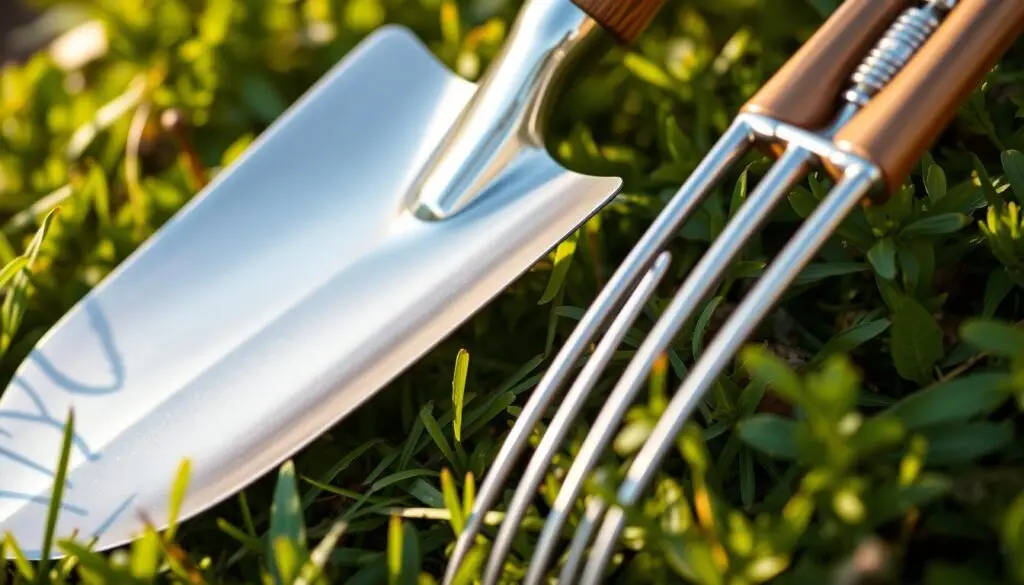
Unique Nomenclature in Gardening Tools
Many tool names have roots in Old English or Latin. For example, the word shovel comes from the Old English “scofl,” meaning a tool for lifting or moving material. Similarly, the term rake originates from the Old English “raca,” referring to a tool for gathering loose material.
These names often describe the tool’s purpose. A lopper, for instance, is designed to “lop” or cut branches. The terminology has evolved over time, but the essence remains the same—each name reflects the tool’s role in your outdoor space.
Historical Insights and Modern Applications
Historically, tools like the shovel and rake were crafted from wood and stone. Today, they are made from durable metal, ensuring longevity and efficiency. This evolution highlights the blend of time-honored craftsmanship and modern innovation.
For example, the shovel has transformed from a simple digging tool to a versatile essential. Modern designs feature ergonomic handles and reinforced metal blades, making them ideal for preparing a bed or moving soil.
“The right tool not only makes the job easier but also connects you to centuries of gardening tradition.”
Here’s a comparison of historical and modern tool functionalities:
| Tool | Historical Use | Modern Application |
|---|---|---|
| Shovel | Digging and lifting soil | Soil preparation, planting, and moving materials |
| Rake | Gathering leaves and debris | Smoothing soil, spreading mulch, and lawn care |
| Lopper | Cutting small branches | Pruning trees and shrubs with precision |
Whether you’re working in a small bed or a larger space, understanding the history and functionality of your tools ensures you can tackle any task with confidence. The blend of tradition and innovation in modern tools makes them indispensable for any enthusiast.
Hand Tools Every Gardener Should Own
Every outdoor enthusiast needs a set of reliable hand tools for daily tasks. From pruning to planting, the right tools ensure efficiency and precision. Let’s explore the essentials that make your work easier and more enjoyable.
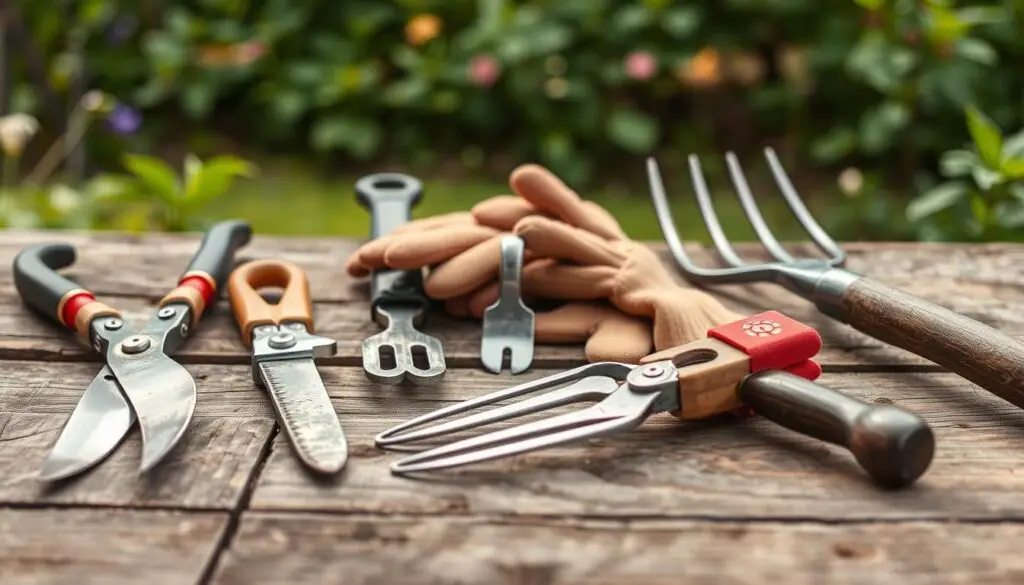
Pruners, Shovels, and Trowels for Everyday Tasks
Pruners are a must-have for trimming branches and maintaining healthy plants. Look for ergonomic designs like the Gonicc 8 Inch Professional Premium Titanium Bypass Pruning Shears, which can cut branches up to ¾ inch in diameter. Proper technique is key—hold the tool firmly and make clean cuts to avoid damaging the root system.
Shovels are indispensable for digging holes and preparing the ground. The Fiskars Square Garden Spade Shovel is a great choice, featuring a durable blade and ergonomic handle. When digging, use your foot to apply pressure and keep your back straight to reduce strain.
Trowels are perfect for smaller tasks like planting and removing weeds. The Sinoer Garden Shovel Trowel is made from stainless steel, ensuring durability and precision. Use it to create small holes for seeds or gently remove unwanted plants without disturbing the surrounding ground.
Maintenance and Selection Tips
Keeping your tools sharp and clean extends their lifespan. After each use, wipe off dirt and apply a light coat of oil to prevent rust. Store them in a dry place to avoid damage.
When selecting tools, consider your soil type and the size of your outdoor space. For rocky ground, opt for a sturdy shovel like the Spear & Jackson Neverbend Professional Treaded Digging Spade. For smaller areas, lightweight trowels and pruners are ideal.
| Tool | Best Use | Key Feature |
|---|---|---|
| Pruners | Trimming branches | Ergonomic grip, sharp blade |
| Shovel | Digging and soil preparation | Durable blade, ergonomic handle |
| Trowel | Planting and weeding | Stainless steel, precision design |
With the right tools and techniques, you can tackle any outdoor task with confidence. Whether you’re planting, removing weeds, or preparing the ground, these essentials will make your work efficient and enjoyable.
Specialized Tools for Soil Preparation and Planting
Achieving healthy plant growth starts with the right tools for soil preparation and planting. Properly aerated and cultivated soil ensures your plants thrive, whether you’re working with a small bed or a larger area. Let’s explore the specialized tools designed to make this process efficient and effective.
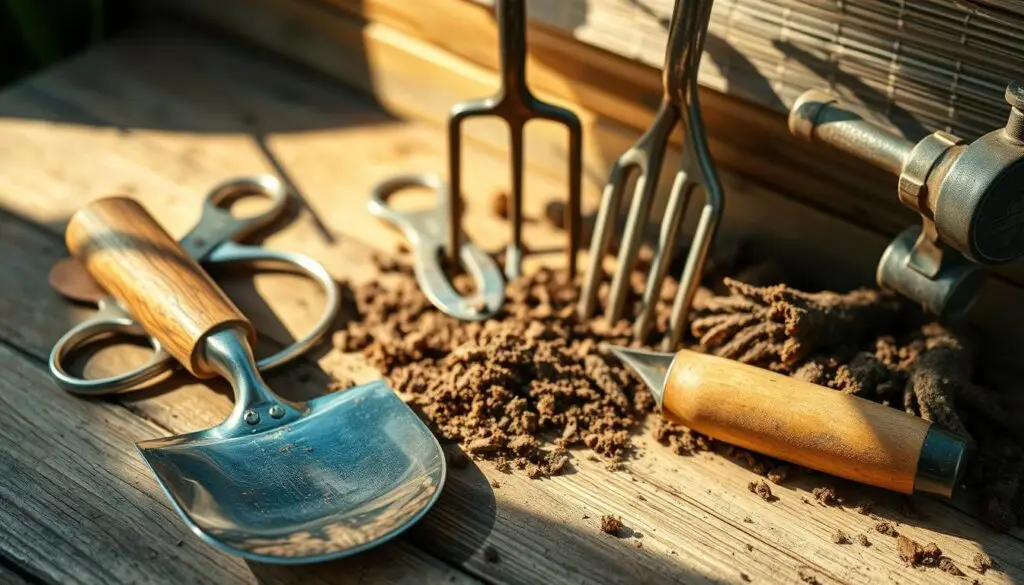
Soil Cultivation and Aeration Instruments
Soil cultivation tools like broadforks and cultivating forks are essential for breaking up compacted soil. The broadfork allows you to till without turning the soil, preserving its structure and microbial life. This is especially useful for larger areas where efficiency matters.
For smaller tasks, a cultivating fork with flat, chisel-like tines is ideal. It’s perfect for breaking up soil and aerating around plants without disturbing their roots. These tools are durable and designed for frequent use, making them a long-term investment.
Pruning Tools for Healthy Trees and Branches
Pruning is crucial for maintaining healthy trees and branches. Tools like loppers and pruning shears help you make precise cuts, promoting better growth. For thicker branches, a lopper with sharp blades ensures clean cuts without damaging the tree.
When selecting pruning tools, consider the type of branches you’ll be cutting. Ergonomic designs reduce strain, while sharp blades ensure efficiency. Proper pruning not only improves the appearance of your trees but also enhances their overall health.
“The right tool not only makes the job easier but also connects you to centuries of gardening tradition.”
Choosing Tools Based on Soil Type
Your soil type plays a significant role in tool selection. For dense or clay soils, a garden fork is more effective than a spade. Its tines penetrate tough soil, making it easier to aerate and turn.
For lighter soils, a hand cultivator is gentle yet effective. It’s perfect for weeding and aerating around delicate plants. Matching the right tool to your soil type ensures better results and less effort.
Historical and Modern Applications
Historically, tools like the shovel and hoe were crafted from wood and stone. Today, they’re made from durable materials like stainless steel, ensuring longevity and efficiency. This blend of tradition and innovation makes modern tools indispensable for any enthusiast.
For example, the deep spader features four 16-inch-long blades designed to penetrate tough soils. It’s ideal for large-scale projects, allowing you to prepare a 100-square-foot bed in about 20 minutes.
Recommendations for Manual and Powered Tools
Manual tools like hand trowels and cultivators are perfect for small tasks. They’re lightweight and easy to use, making them ideal for beginners. For larger projects, powered tools like tillers save time and effort.
When choosing tools, prioritize durability and ergonomic designs. This ensures comfort and efficiency, whether you’re planting, pruning, or preparing the soil.
With the right tools, you can transform your outdoor space into a thriving environment. Whether you’re cultivating soil, pruning trees, or planting bulbs, these specialized instruments make every task easier and more enjoyable.
Efficient Watering Tools to Promote Healthy Growth
Watering your plants efficiently is key to their health and growth. The right tools ensure your plants receive the right amount of water without waste. From hoses to watering cans, each tool has unique features that make it suitable for specific tasks.
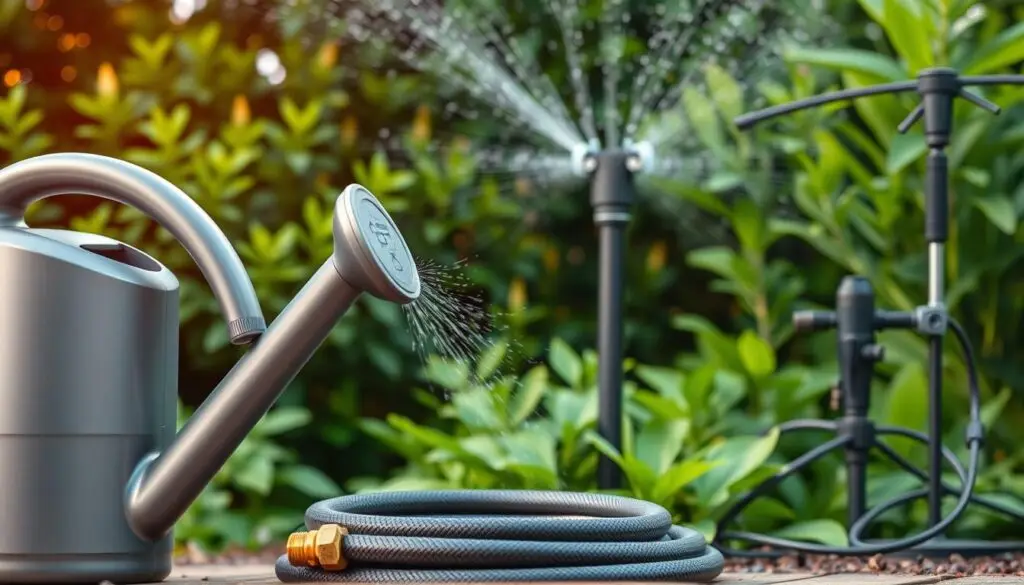
Features of Hoses, Watering Cans, and Sprayers
Hoses are versatile and ideal for larger spaces. Adjustable nozzles allow you to control water pressure, making them perfect for delicate plants or sturdy bushes. Lightweight hoses are easier to maneuver, reducing strain during use.
Watering cans are great for smaller areas or precise watering. A gallon of water weighs about 8 pounds, so consider the weight when choosing a can. Metal cans last longer but require more maintenance to prevent rust.
Sprayers are excellent for targeted watering. They come in a variety of designs, from handheld to backpack models. Choose one that fits your space and ensures even water distribution.
Choosing the Right Tool for Your Needs
Your choice depends on the size of your space and the type of plants you’re watering. For large areas, a hose with a soaker attachment is efficient. For smaller spaces, a watering can or sprayer works best.
Consider the weight and design of the tool. Ergonomic handles reduce strain, while lightweight materials make it easier to move around. The variety of options ensures you’ll find the perfect fit for your needs.
Best Practices for Uniform Water Distribution
To ensure even watering, avoid overwatering or underwatering. Use a soaker hose for slow, consistent water delivery directly to the roots. For delicate plants, lower water pressure is recommended.
Regular maintenance extends the life of your tools. Clean hoses and sprayers after each use to prevent clogs. Store them in a dry place to avoid damage from weather conditions.
“Efficient watering not only saves water but also promotes healthier plant growth.”
With the right tools and techniques, you can keep your plants thriving while conserving water. Whether you’re working in a small space or a larger area, these tools make watering efficient and hassle-free.
Innovative Gardening Tools for Elevated Performance
Innovative tools are transforming the way we approach outdoor tasks, blending technology with tradition. These modern gadgets simplify complex jobs, making them more efficient and precise. Whether you’re monitoring plant growth or managing leaves, these tools are designed to elevate your experience.
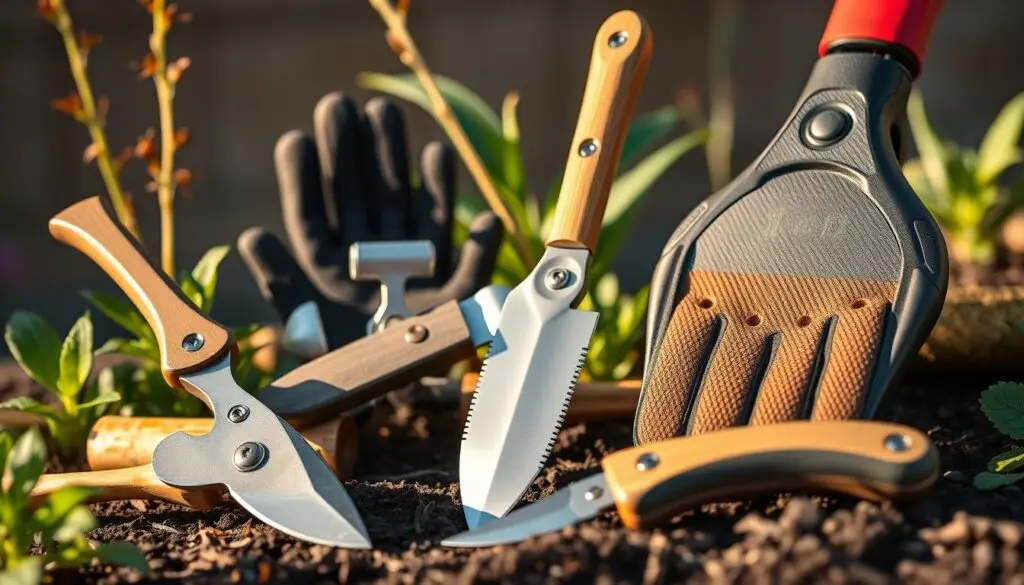
Modern Gadgets and Their Benefits
Smart tools like the Plant Link Plant Monitoring System help prevent overwatering by tracking soil moisture levels. This ensures your plants receive the right amount of water, promoting healthy growth. Another standout is the Parrot Pot, which uses sensors to monitor light, temperature, and fertilizer levels, adapting its care to your plant’s needs.
Advanced knife designs, such as those in precision pruners, allow for clean cuts that minimize damage to plants. These tools are perfect for managing leaves and maintaining overall aesthetics. The integration of technology into traditional tools ensures they remain relevant while offering enhanced functionality.
Integrating Technology with Traditional Tools
Many classic tools have been reimagined with modern features. For example, the Natede device combines bio-filtering properties with air-purifying capabilities, enhancing the benefits of houseplants. Similarly, the Droponic Smart Planter uses hydroponic technology to grow plants without soil, promoting faster nutrient absorption and water conservation.
These innovations not only improve efficiency but also make gardening more accessible for busy individuals. By combining the best of both worlds, these tools ensure you can achieve professional results with minimal effort.
“The right tool not only makes the job easier but also connects you to centuries of gardening tradition.”
Looking ahead, the future of gardening technology promises even more advancements. From AI-driven tools to eco-friendly designs, these innovations will continue to shape the way we care for our outdoor spaces. Embracing these changes ensures you stay ahead in creating a thriving and beautiful environment.
Expert Tips for Tool Selection and Maintenance
Proper care and maintenance of your tools ensure they remain reliable for years to come. Whether you’re planting seeds, maintaining your lawn, or tackling larger projects, the right tools and upkeep can make all the difference. Let’s explore expert advice to help you choose and care for your equipment effectively.
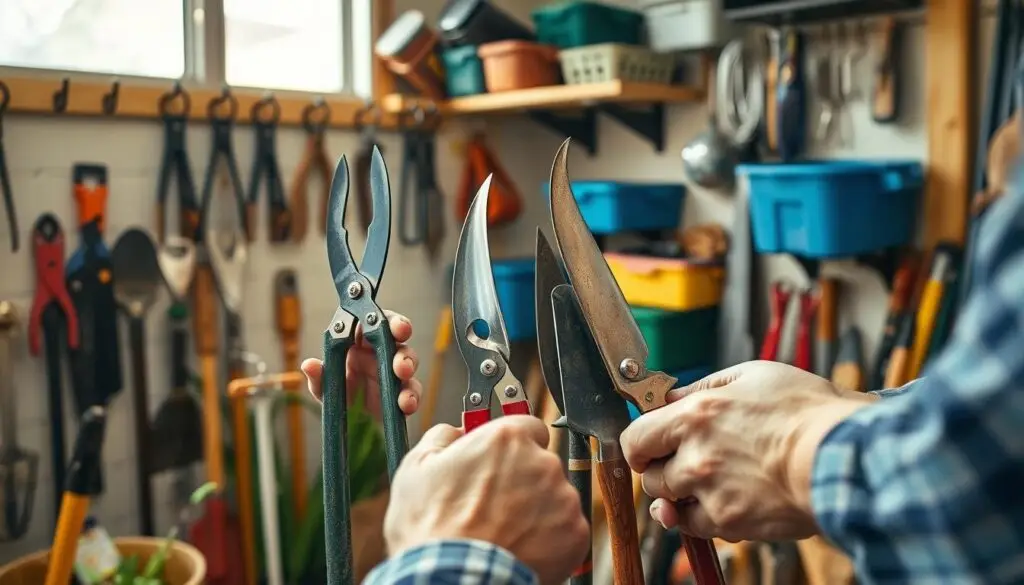
Best Practices for Long-lasting Tools
Regular cleaning is essential to keep your tools in top condition. Dirt and debris can reduce efficiency by up to 30%, so wipe them down after each use. For metal parts, apply a thin layer of oil like linseed oil to prevent rust. This simple step can extend their lifespan by 20-30%.
Sharpening blades is another critical task. Dull blades not only make tasks harder but also increase the risk of accidents by 50%. Use a sharpening stone or file to maintain a clean edge. Inspect wooden handles for splinters or cracks, and sand them down if needed to ensure safety and comfort.
Choosing the Right Tools for Your Needs
When selecting tools, consider factors like size and ergonomics. For example, a lightweight trowel is ideal for small tasks, while a sturdy shovel works best for larger areas. Ergonomic handles reduce strain, making it easier to work for extended periods.
Match your tools to your specific needs. For rocky soil, opt for a durable garden fork. For delicate plants, precision pruners ensure clean cuts without damaging the seedlings. Investing in high-quality tools can reduce the need for replacements by up to 50%, saving you money in the long run.
Common Mistakes to Avoid
One common mistake is neglecting seasonal maintenance. Performing checks at least twice a year can enhance tool performance by 30%. Another error is improper storage. Keep tools in a dry place to avoid moisture damage, which can reduce rust and wear by up to 40%.
Finally, avoid using tools for tasks they’re not designed for. For example, using a shovel to pry rocks can damage the blade. Stick to the intended purpose to ensure safety and longevity.
| Tool | Maintenance Tip | Benefit |
|---|---|---|
| Shovel | Clean and oil after use | Prevents rust, extends lifespan |
| Pruners | Sharpen blades regularly | Ensures clean cuts, reduces strain |
| Trowel | Inspect for cracks | Maintains safety and durability |
By following these expert tips, you can keep your tools in excellent condition and maximize their performance. Whether you’re a seasoned gardener or just starting, proper selection and maintenance will make your tasks easier and more enjoyable.
Maximizing Garden Space and Safety with the Right Tools
Transforming your outdoor space into a functional and safe area starts with the right tools. Whether you’re handling compost, managing weeding, or preparing the soil, strategic planning ensures efficiency and safety. Let’s explore how to design your space for optimal performance.
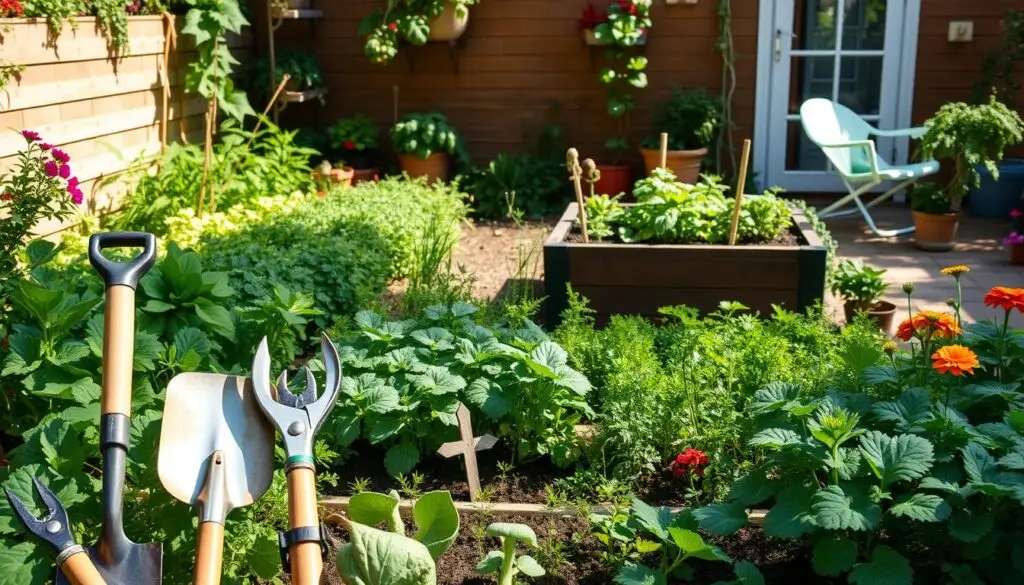
Designing for Efficiency and Safety
Start by organizing your tools based on their use. A hoe is perfect for breaking up soil, while a fork is ideal for turning compost. Clear pathways and designated zones for tasks like weeding or watering make your space more efficient.
Safety is equally important. Store tools like hoes and forks in a dry area to prevent rust. Keep hoses coiled and out of walkways to avoid tripping hazards. Proper maintenance ensures your tools remain reliable and safe to use.
Practical Layout Strategies
Consider the size of your space when planning. For smaller areas, use compact tools like a hand fork or a lightweight hose. Larger spaces benefit from sturdy tools like a Dutch hoe or a broad fork for soil preparation.
Incorporate a compost bin into your design. Place it near your planting area for easy access. This reduces the need for frequent trips and keeps your space organized.
“A well-designed outdoor space not only looks great but also makes every task easier and safer.”
Safety Practices and Maintenance
Always inspect tools before use. Check for cracks in handles or dull blades. Sharpen tools like hoes and forks regularly to ensure they perform efficiently.
Store tools properly to extend their lifespan. Hang hoses on hooks and keep forks and hoes in a rack. This prevents damage and keeps your space tidy.
| Tool | Best Use | Safety Tip |
|---|---|---|
| Hoe | Breaking soil | Inspect for cracks |
| Hose | Watering plants | Coil after use |
| Fork | Turning compost | Store in a dry area |
With the right tools and layout, you can create a space that’s both efficient and safe. Whether you’re handling compost, managing weeding, or preparing the soil, these strategies ensure your outdoor area thrives.
Conclusion
Mastering the right tools can transform how you approach your outdoor projects. Throughout this guide, we’ve emphasized the importance of knowing your equipment, from trowels for planting to tools with a long handle for reaching debris. Proper selection and maintenance ensure efficiency and longevity, while innovative designs elevate your gardening experience.
Understanding details like material quality and the specific use of tools like a bulb planter can make a significant difference. Whether you’re a beginner or an experienced enthusiast, these insights help you work smarter, not harder.
This guide is a comprehensive resource for all levels, offering tips to improve efficiency and safety. Apply these strategies to enhance your projects and achieve better results. We’d love to hear your feedback—share your favorite tools and techniques in the comments below!

